This world is full of rocks which makes it very difficult to identify which rock is valuable or not. In our daily life, we come many rocks at various places like mountain regions, beaches, water bodies, hills, construction sites, etc.
One can be interested in rockhounding to identify the kind of rocks in detail. Many factors are considered before jumping to the conclusion that this rock is valuable or not.
The basic and first step before you begin is to identify the rock material from other building materials like slag or brick. Once this is finished one can concentrate on inspecting the available rocks.
Rock value is decided after inspecting the six parameters. The parameters are given below:
- Location
- Color
- Hardness
- Weight
- Streak
- History
Rockhounding is not only an exciting job but a difficult one too. One needs to travel across the globe to find rocks with more value. More the rock’s value more the money.
If you are successful in finding a rock with the highest value gives you fame and money. This can be done by any individual across the globe. Before starting one must be aware of the six parameters in detail which in finding valuable rocks.
Location Parameter Impact on Rock Value
To discover a valuable rock in quick time location search is very crucial. It can make or break your rockhounding. It is better to start by collecting information from a state geological survey.
The survey by professionals helps anyone to find a location for discovering rock materials. Never forget to research your state’s precious metals, minerals, and gem sites as it gives you a clear picture of what you can get or not from that location.
There are valuable minerals in your backyard if you are lucky to dig them and find them. Sometimes we find it across various locations, not in our backyard. For example, if you are finding any location in the USA for rockhounding below list can help you.
- Parks
- Rock quarries
- Pay mines.
- Creek beds.
One can go to any of the above locations to discover a rock with value in a smart way.
Color Impact on Rock’s Value:
The next factor in rock value is its color. Inspection of color is very important as it helps in classifying the rock type easily. Many minerals are of different combinations which can confuse a person to identify. The classic example to explain the importance of color is iron pyrite rock.
It has a color that resembles gold and people called gold rock instead of iron pyrite. Iron and gold have a different values in the market. Color helps to identify rocks easily such as monochromatic azurite with its deep azure color. Given below is a list of colored rocks with high value.
- Gold
- Silver
- Ruby
- Emerald
- Sapphire
- Garnet
- Tourmaline
- Opal
- Red Beryl
Hardness Impact on Rock Value
Hardness is another sign of a rock value. More the hardness of rock more it is value and price in the market. Mineralogist Frederic Mohs had calculated the hardness of a mineral on a scale of 1-10 months. To determine the value of the hardness of a rock one can scratch the rock mineral.
|
Scratch Technique |
Value of hardness |
Category of rock |
|
Through fingernails |
2.5 months |
Soft |
|
Through penny |
3 months |
Soft |
|
Through glass |
5.5 months |
Hard |
|
Through porcelain |
6 months |
Hard |
|
Through sandpaper |
9 months |
very hard |
Diamond is the hardest rock mineral with 10 months. It can be tested when it is scratched with another diamond. Talc and gypsum are very soft with 1 and 2 months, respectively. Mohs scale kit can help to identify the hardness of the rock except for diamond. (It can calculate till 9 months.)
Weight Impact on Rock’s Value
Another factor weight helps to calculate the value of rock. One can feel the weight of the rock by holding it in their hands. The weight of rock alone does not help in finding its value, but it helps in comparing it with other rock minerals.
Precious metals like gold, silver, and platinum are more valuable than heavy mass rock types. Metals with less weight have great value in the market as high density. This logic cannot be applied to other minerals except rock.
The Streak Test Impact on Rock Value
The streak test helps in deciding a rock has a higher value or not. A rock consists of different minerals. To conduct a streak test on a particular rock it is not necessary to crush it and inspect the minerals to calculate their value. One will not crush a valuable rock as it is not easily found.
A streak test can be performed on a rock with a piece of unglazed porcelain. They used porcelain tile that should have a back. Just swipe the rock mineral on the tile to see the color of the streak. Once you can see the color rock mineral is identified which is valuable or not. Below are a few examples of the streak test.
- If the color is yellow, it means the mineral is gold.
- If the color is black, it means the mineral is chalcopyrite.
Note: The streak test cannot be conducted on minerals that have high hardness value than porcelain.
History Impact on Rock Value
Although the above factors decide the rock value, yet the history of a rock mineral is very important. A rock with great history increases its value as it is unique and not easily found.
Some minerals are hidden for millions of years. Imagine if you find such rocks with great history and value that give you millions of dollars and fame. Not only age but the mineral owner’s reputation decides the value of rock.

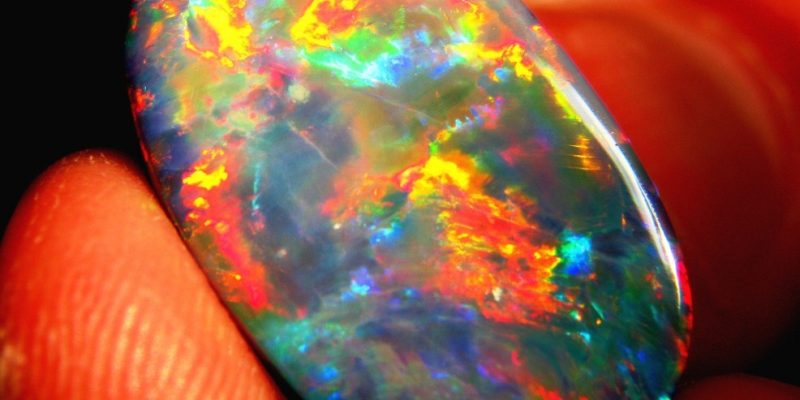
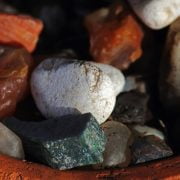
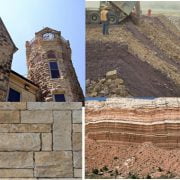
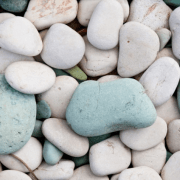
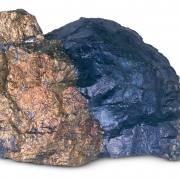
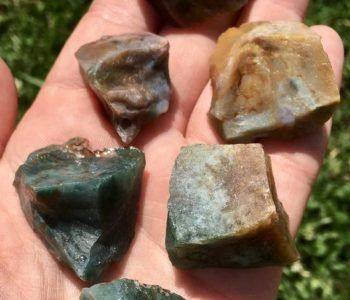

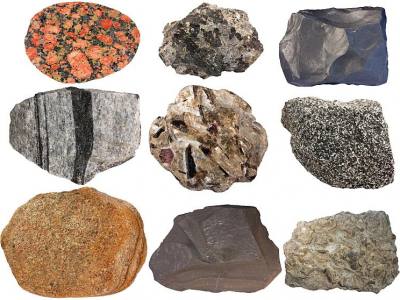
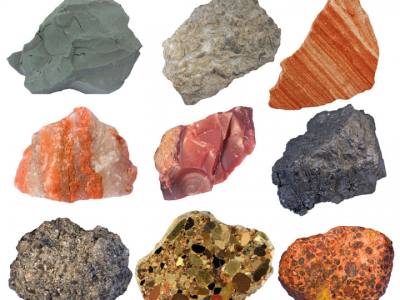




Hello I got a bunch of rocks there’s something odd about them some look like crystals are in them I would like to find more information on them please